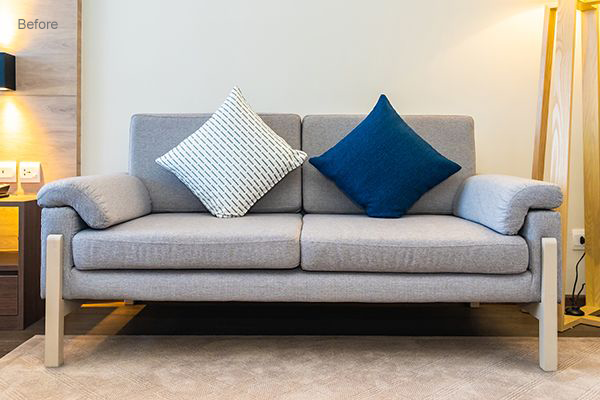How to Use Photoshop to Wrap an Image Around an Object
The Warp option of the Free Transform tool’s presets can be easily customized to wrap pictures in Photoshop. Photoshop’s capacity to wrap images around objects highlights their apparent three-dimensionality, which can add interest to your compositions. A circle created using the Shape tool and colored to look spherical, for instance, will look even more spherical when text is wrapped around it.

Open Photoshop and import the file containing the object you wish to surround with a picture. Load a PSD file of a sphere, for instance. For your first tries at wrapping, pick simple items because they are simpler to handle. Websites like Morgue File, Wikimedia Commons, and Stock vault include object photographs that are available without a copyright restriction.
From Windows Explorer, drag the image you want to surround the object with. Photoshop creates a separate layer for the image, which shows up in the Layers panel. To use the Free Transform Warp feature, select “Edit | Transform | Warp.”

Click the “Warp” control on the Options toolbar above the canvas to display a list of Warp presets for shaping your wrapped image. Select the preset that most closely resembles the item you want to wrap around. The “Bulge” and “Inflate” options are suitable selections for wrapping around a sphere.
Select “Custom” from the Warp control’s menu. This enables you to alter the preset you selected- shape. The image looks to fit the underlying object more closely as you click and move one of the points on the grid that surrounds the image. Drag the Free Transform grid’s points, for instance, to make the brick edges in the top half of the sphere bow upward and the brick edges in the bottom half bow downward, if you are wrapping a brick image to a sphere. Press “Ctrl” while dragging anywhere on the grid to shift the entire grid for better alignment without altering the individual grid points.
A list of blending modes will appear when you click the “Blending” mode list at the top of the Layers panel. To apply that mode to the wrapping image, select the “Overlay” choice. By allowing imagery from beneath layers to pass through, “Imagery in Overlay” mode essentially colors the imagery in those layers. As a result, the wrapping picture acquires the shading of the item it is wrapped around, giving the impression that the image is on the object’s surface.
